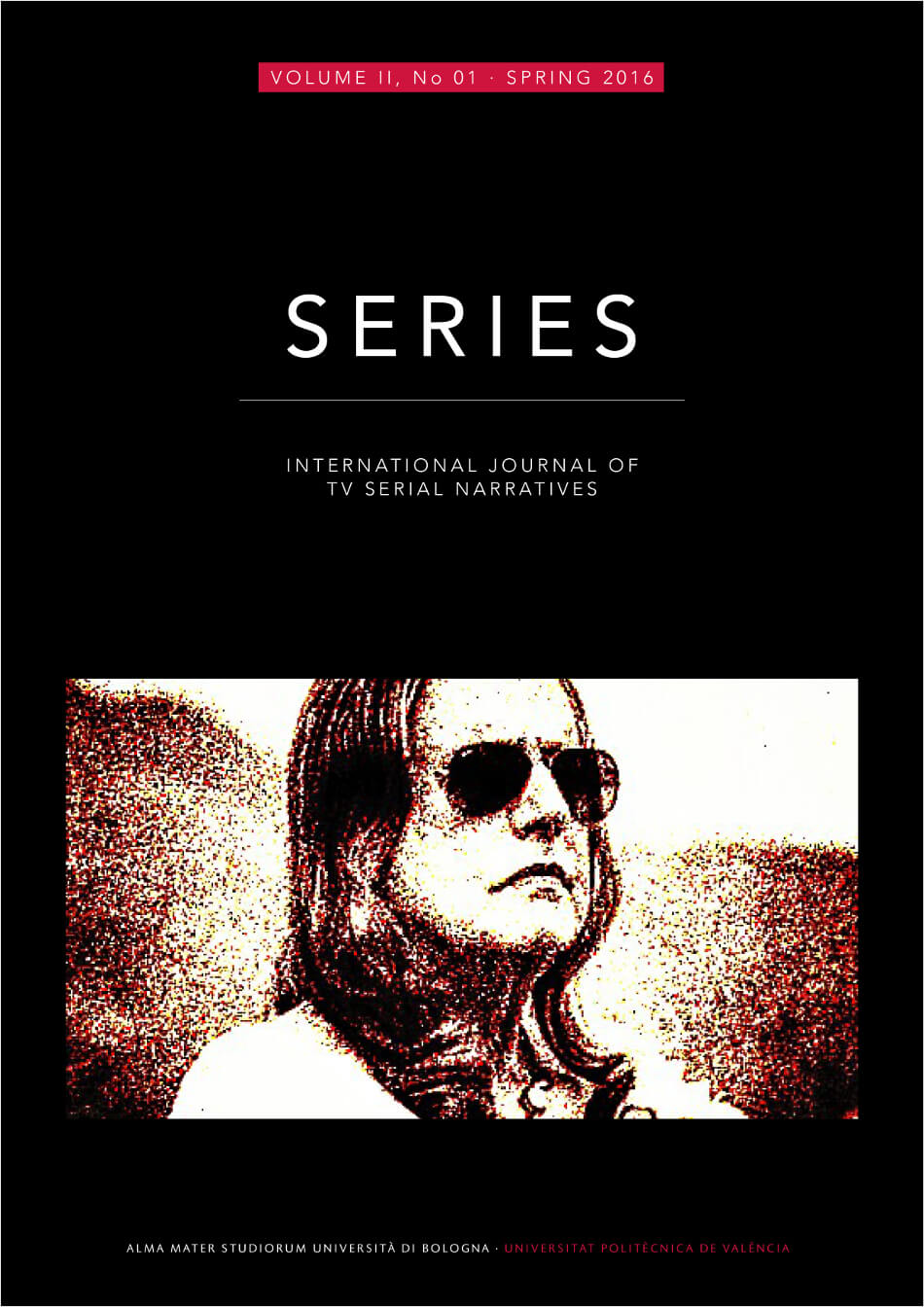A Funnier "Monk": A Multimodal Approach to Transnational TV Series Adaptations
DOI:
https://doi.org/10.6092/issn.2421-454X/6160Keywords:
transnational television, format adaptations, multimodal analysis, localization, Monk, Galip DervişAbstract
In their book Reading Television (1978: 64-5), John Fiske and John Hartley define television as a medium that provides the members of a particular community with a “confirming, reinforcing version of themselves.” Although the introduction of the unfamiliar and innovative via televisual productions is a business imperative as well as a cultural necessity today, television continues to function as a mirror of its receiving society, and provide its viewers with culturally appropriate content through its various semiotic modes of communication situated within the visual, verbal, and sound tracks. Televisual productions, in this sense, can be viewed as one of the most salient multimodal texts through which our everyday politics are continuously materialized, fictionalized, and rendered into an entertaining popular language that shapes our everyday perceptions and expectations. Transnational format adaptations, in particular, stand out as ample content-rich texts in which the processes of localization and appropriation, realized through individual semiotic choices made by producers, manifest themselves. It is the goal of this paper to trace back such semiotic choices made during the re-production phase of transnational format adaptations, and reveal sociocultural and political interventions in meaning making at the time, through a multimodal analysis of an American comedy crime series, Monk, and its Turkish adaptation, Galip Derviş.Downloads
Published
2016-06-17
How to Cite
Er, I. (2016). A Funnier "Monk": A Multimodal Approach to Transnational TV Series Adaptations. Series - International Journal of TV Serial Narratives, 2(1), 5–19. https://doi.org/10.6092/issn.2421-454X/6160
Issue
Section
Narratives / Aesthetics / Criticism
License
Copyright (c) 2016 Ibrahim Er
Copyrights and publishing rights of all the texts on this journal belong to the respective authors without restrictions.
This journal is licensed under a Creative Commons Attribution 4.0 International License (full legal code).
See also our Open Access Policy.





